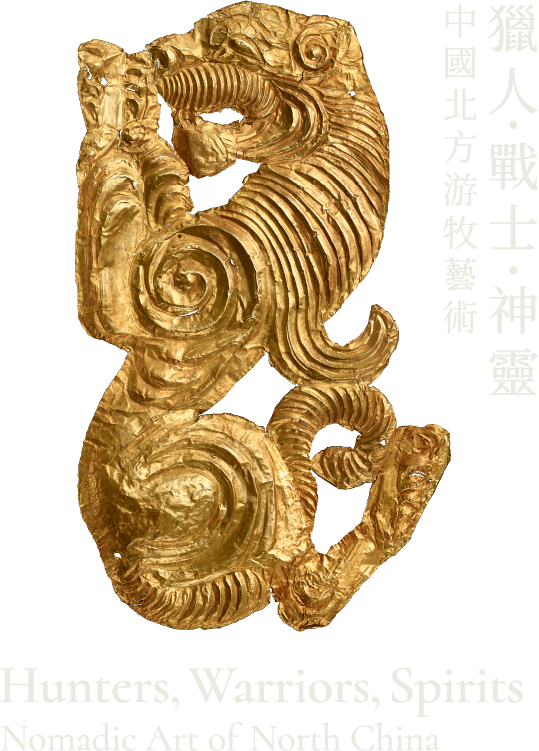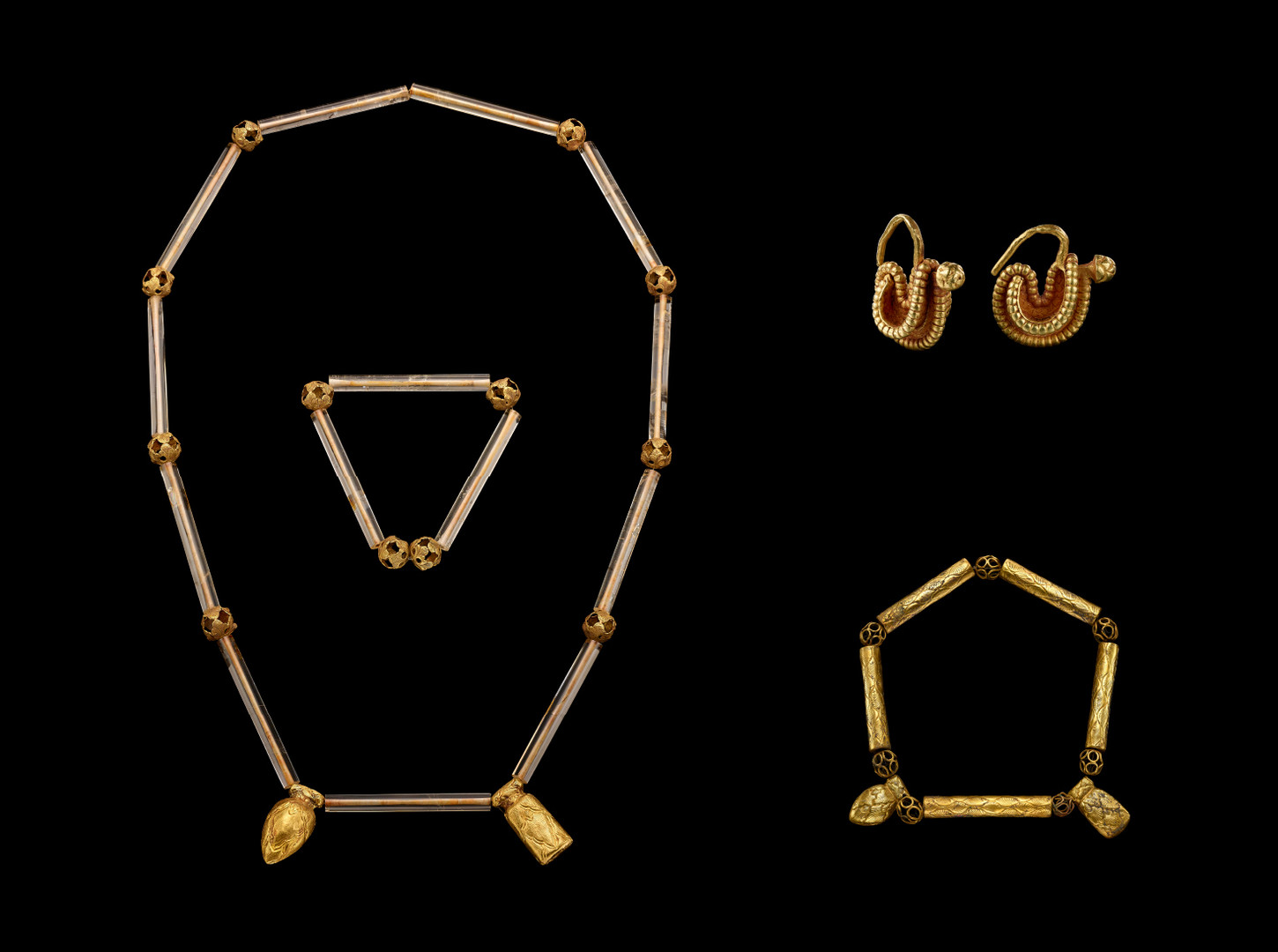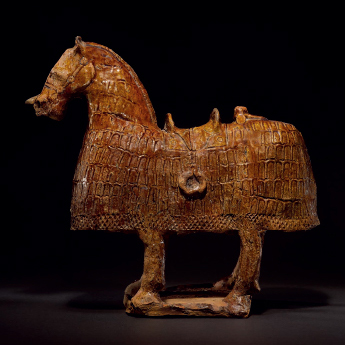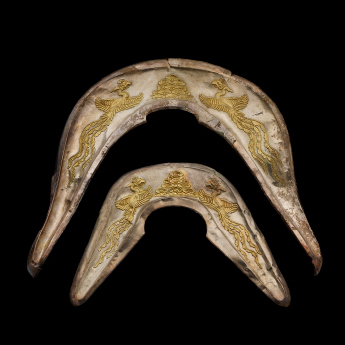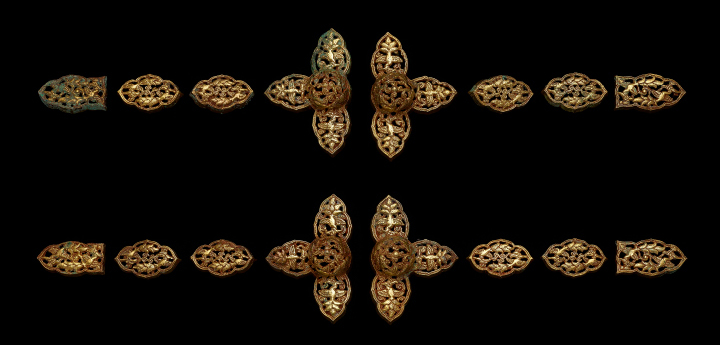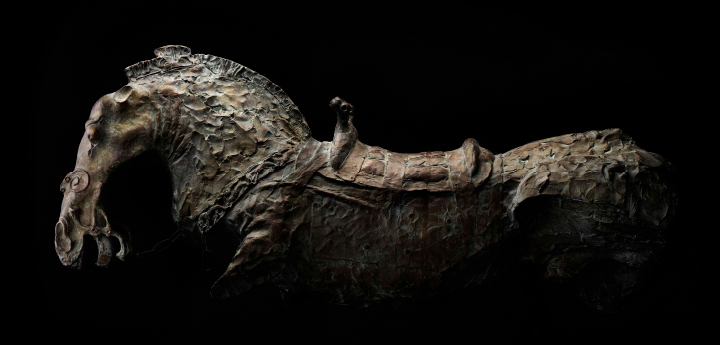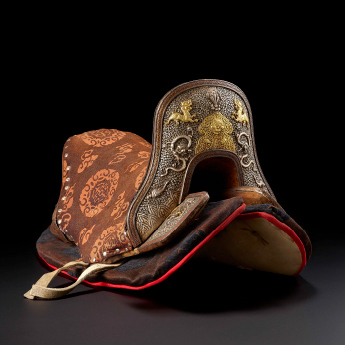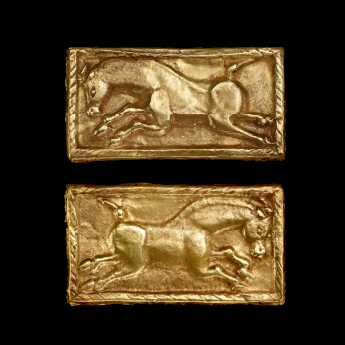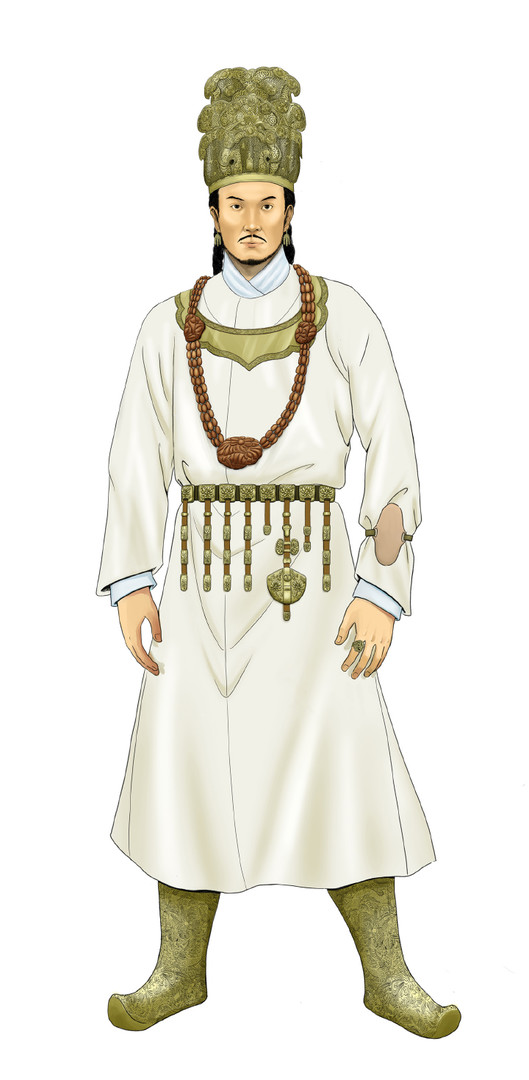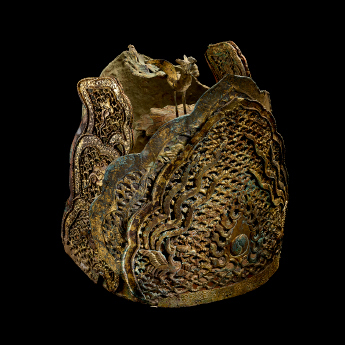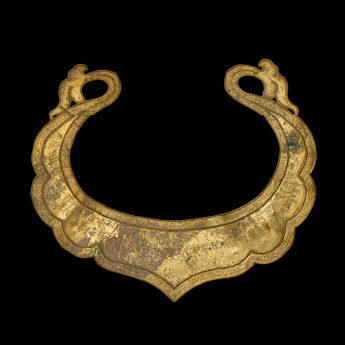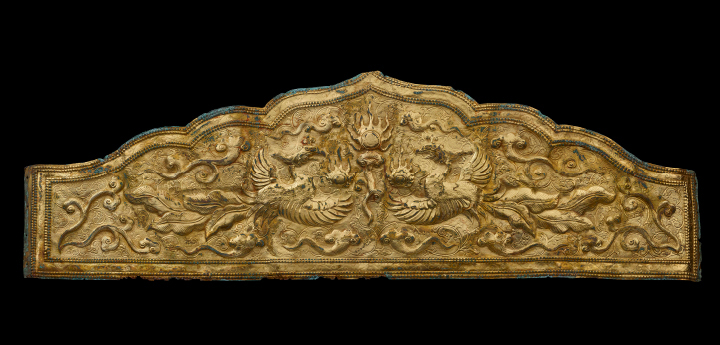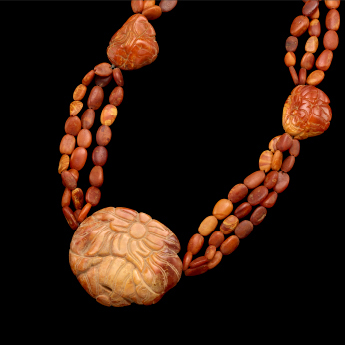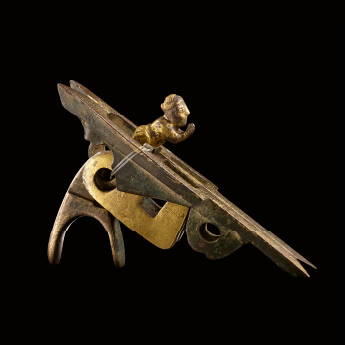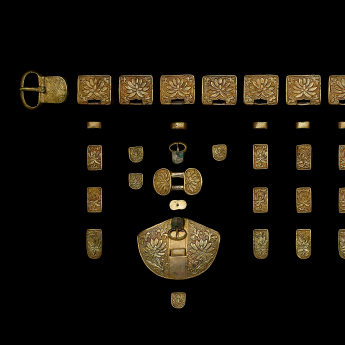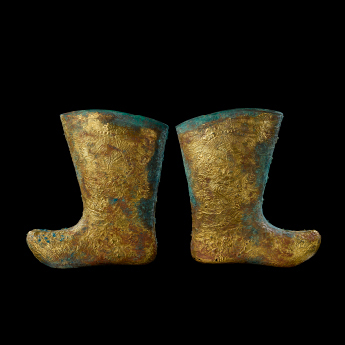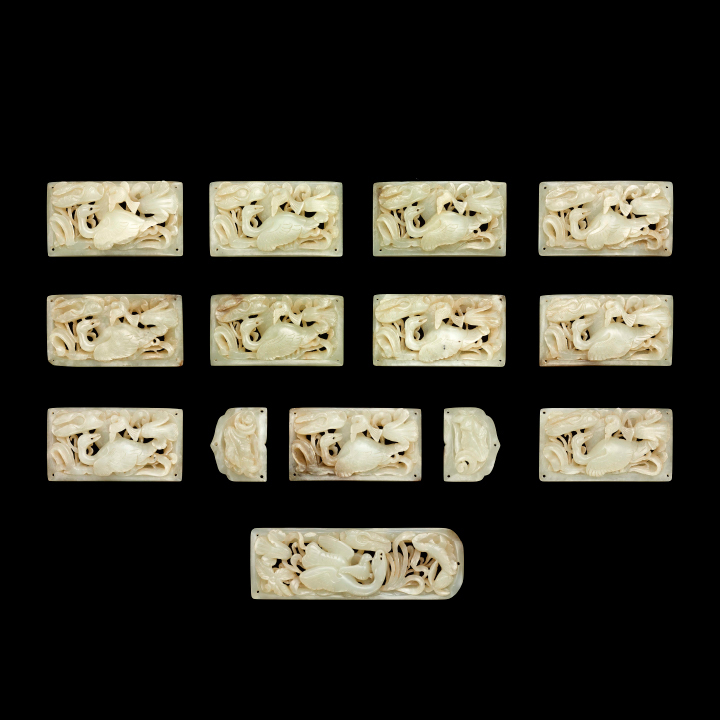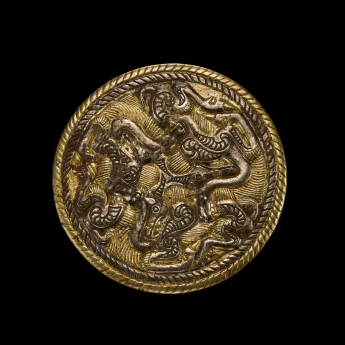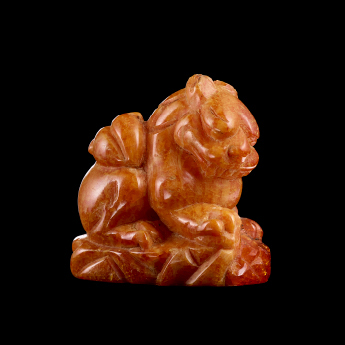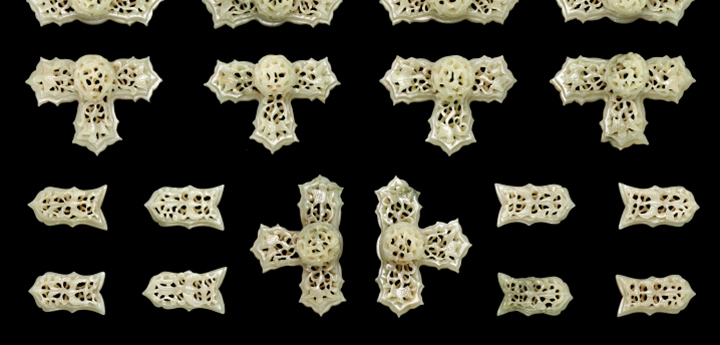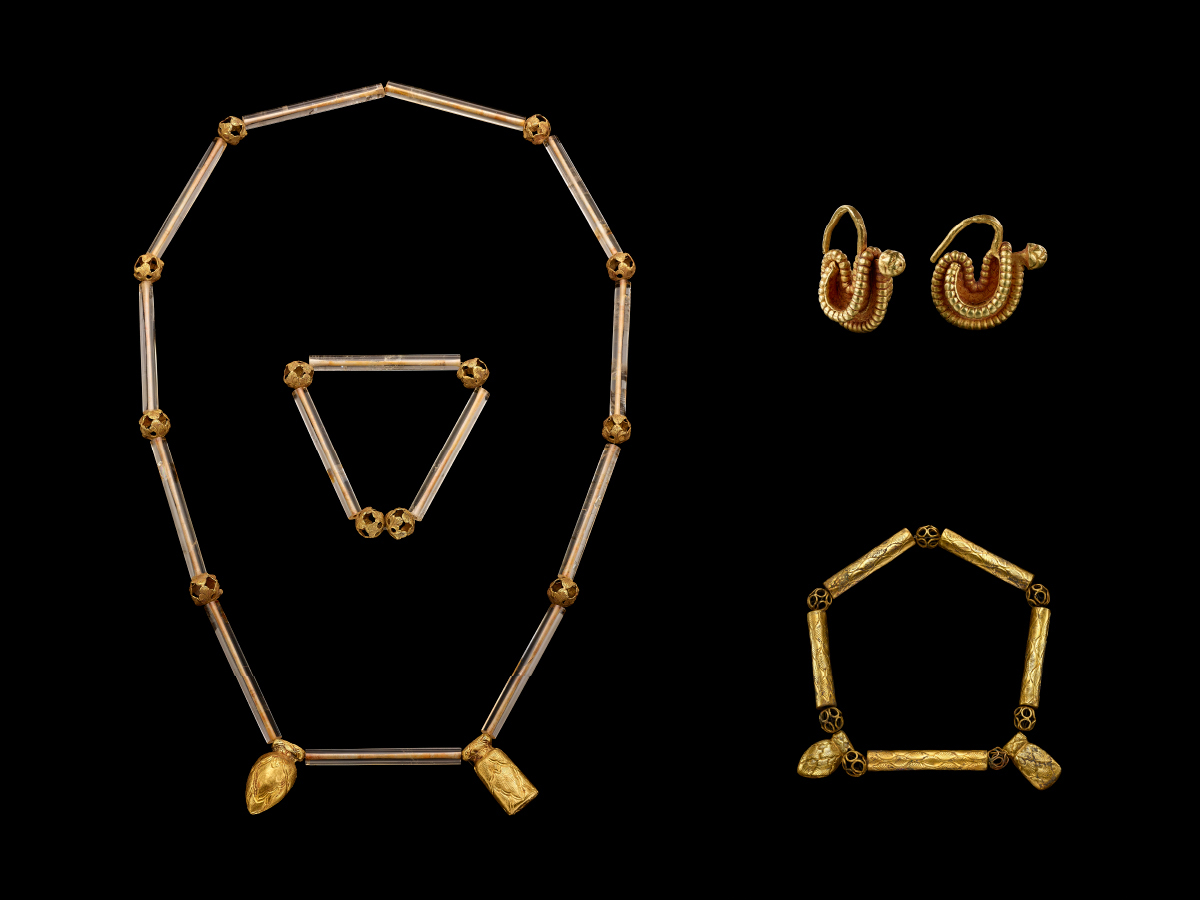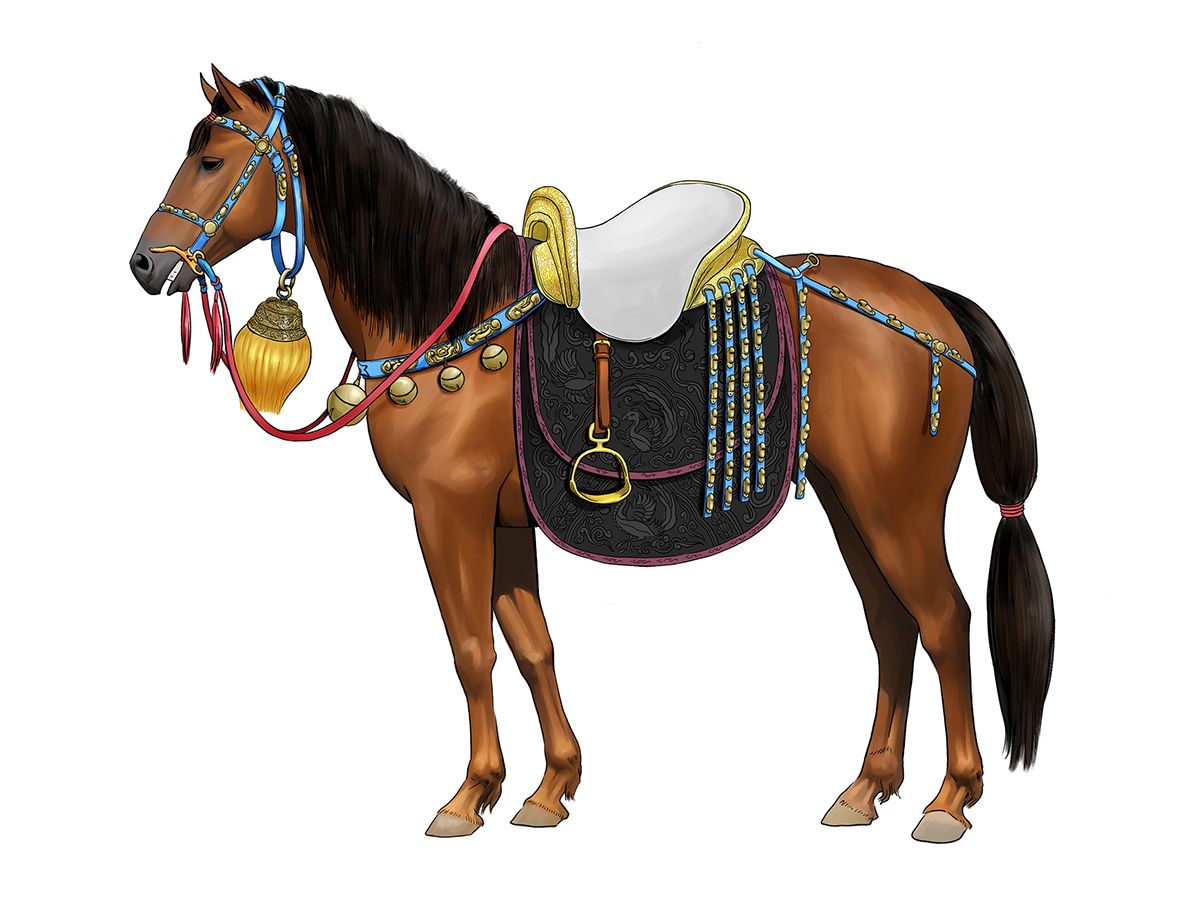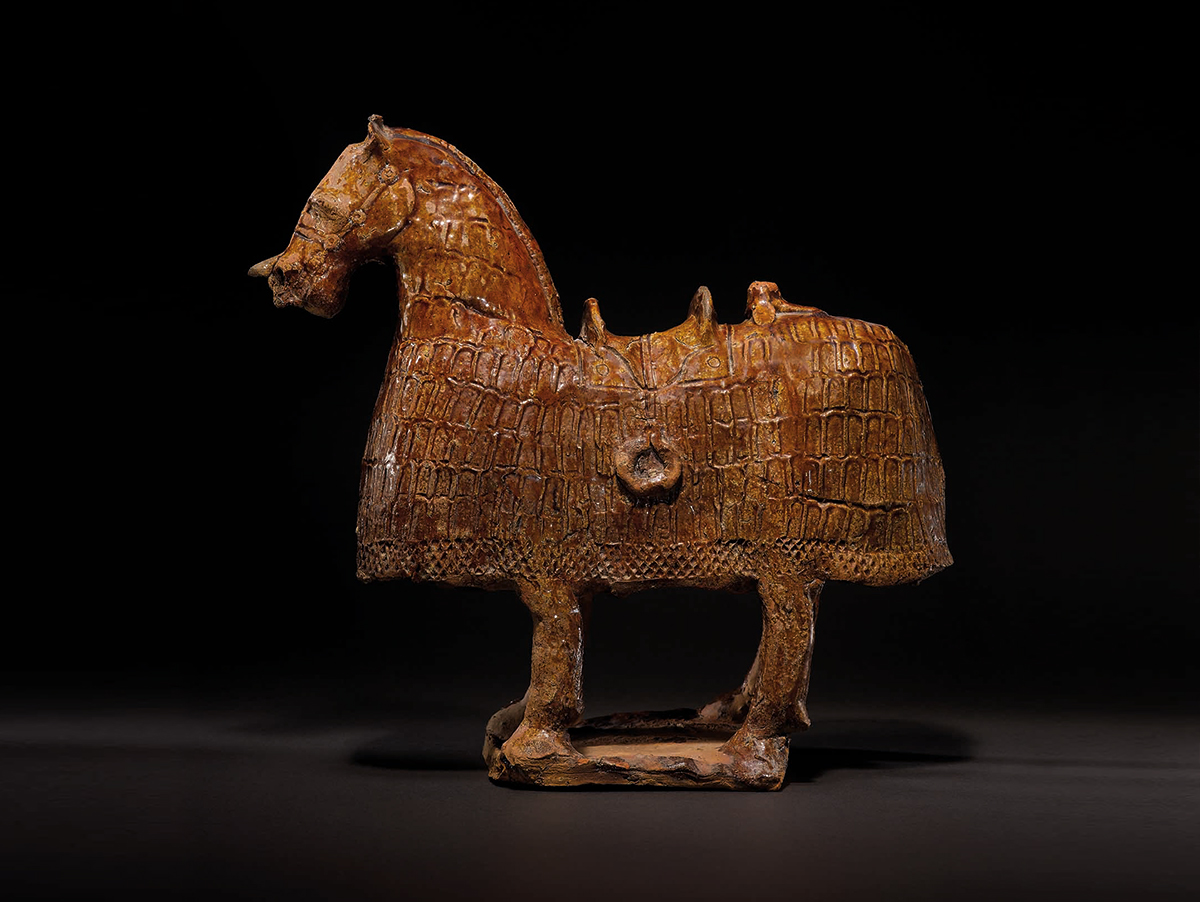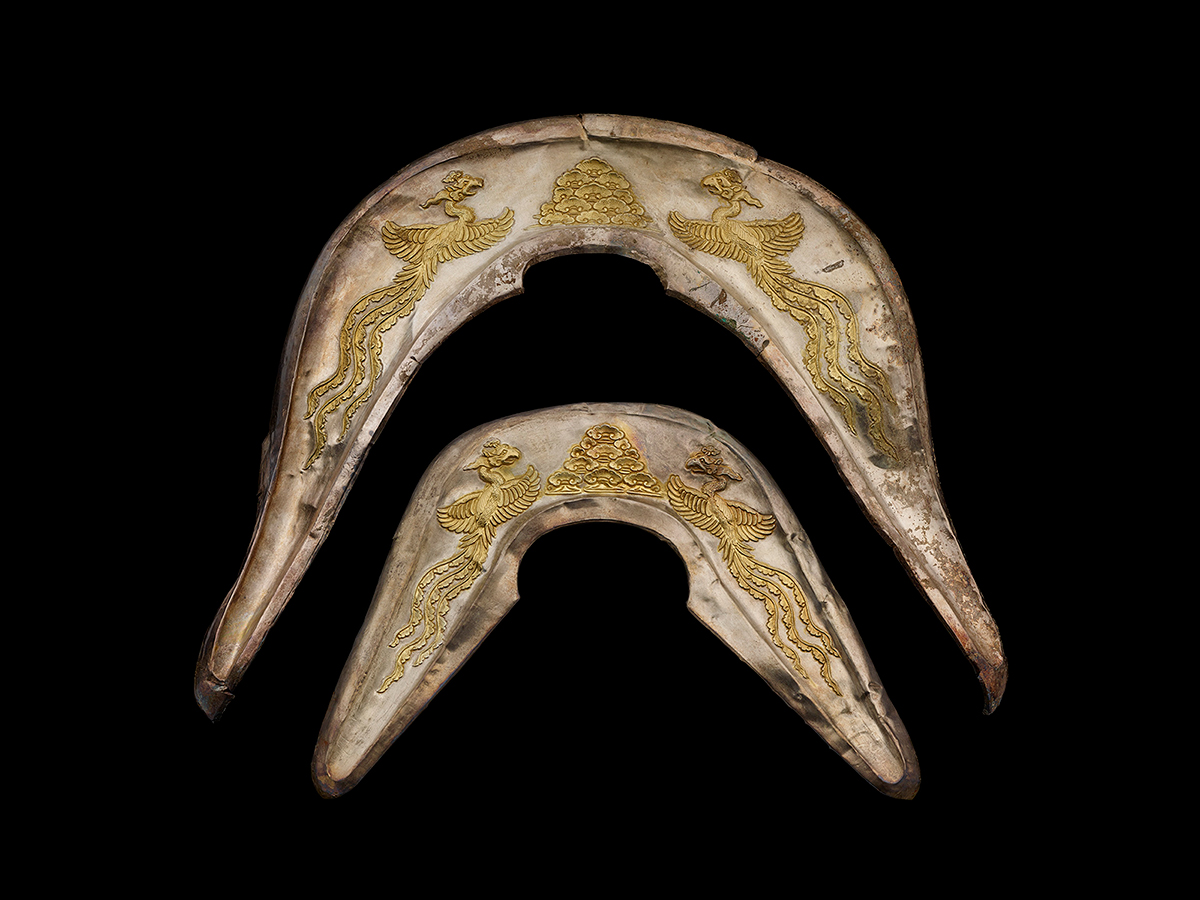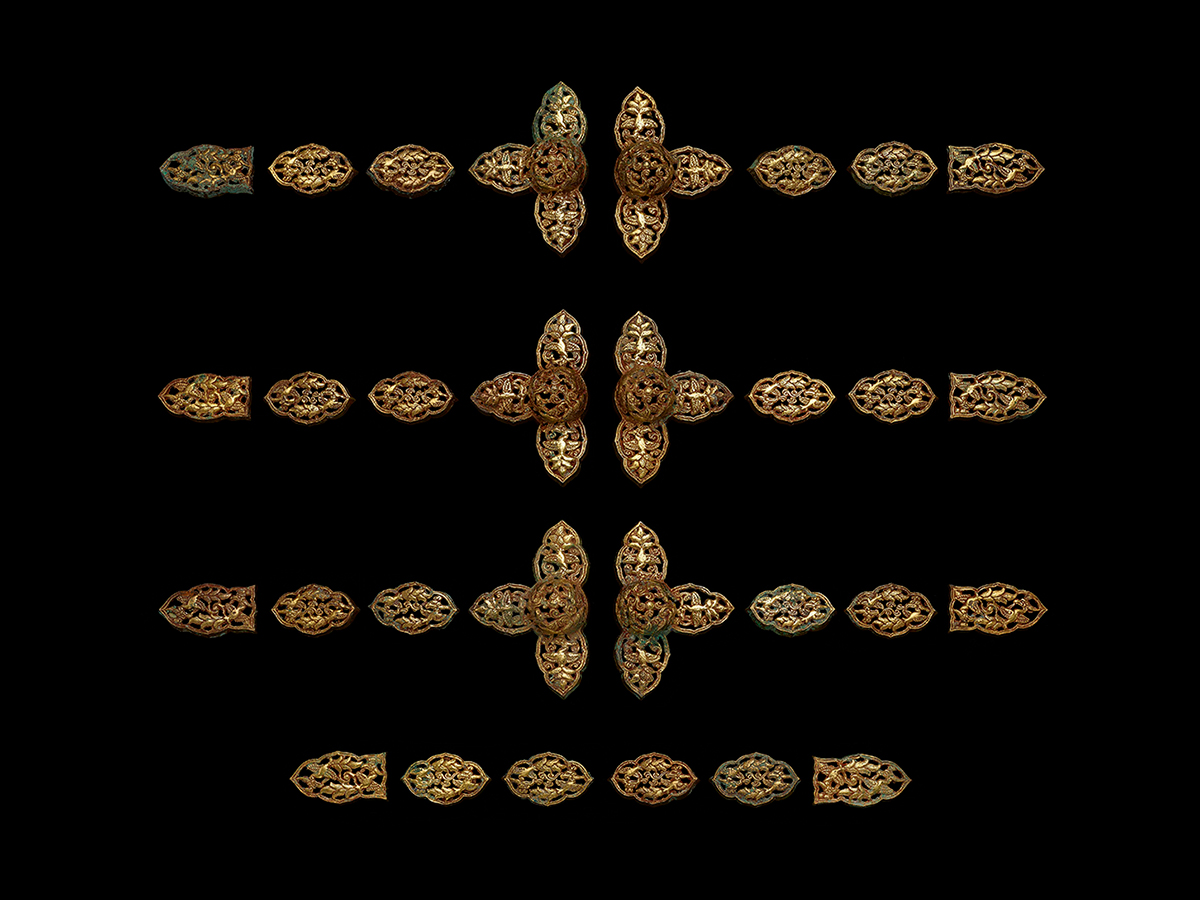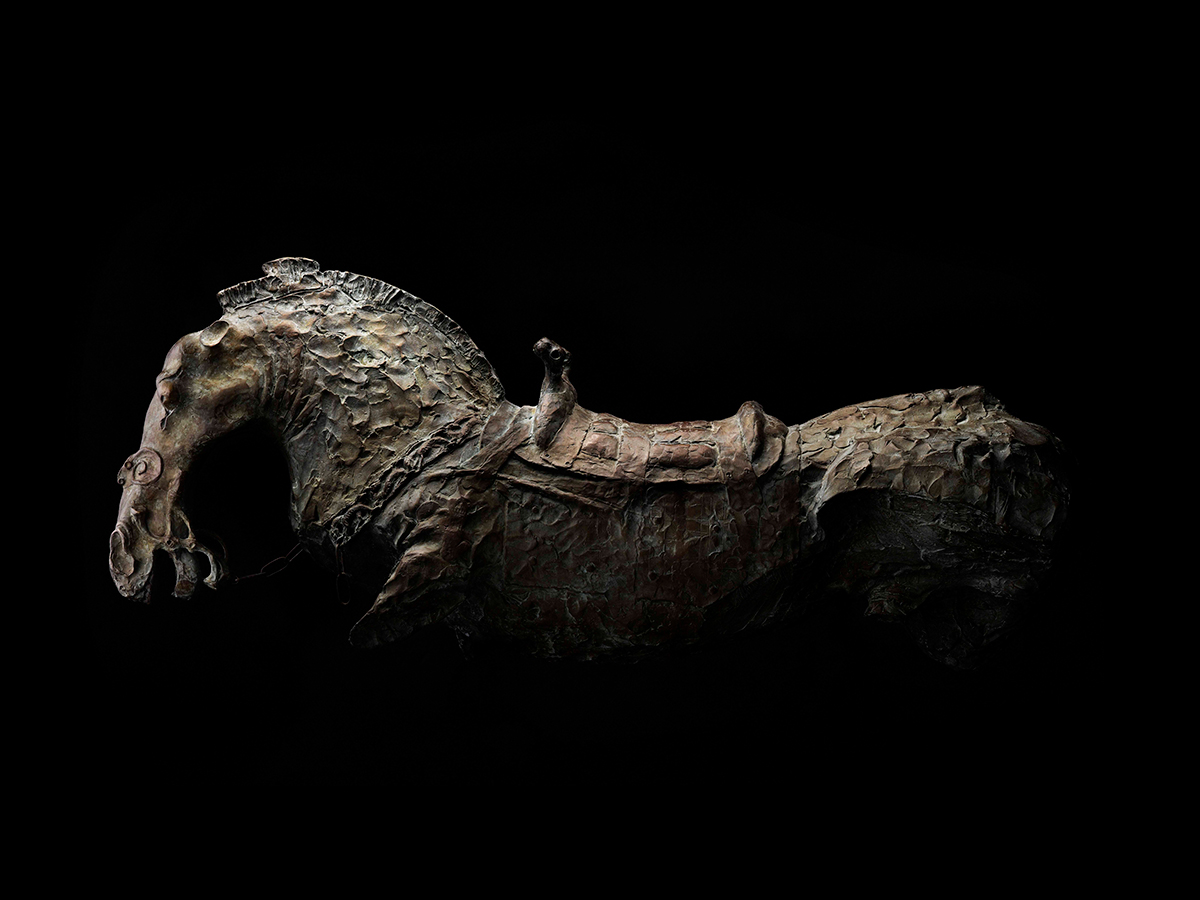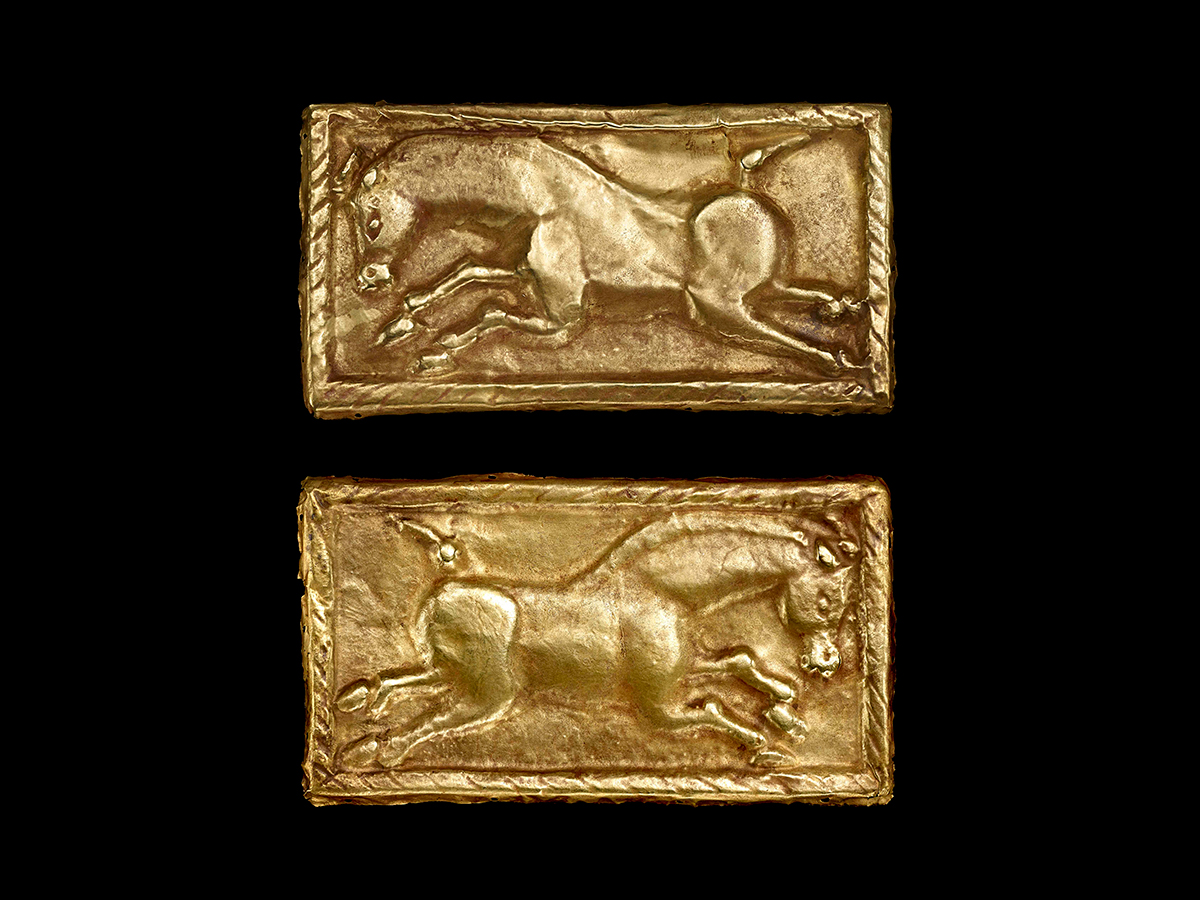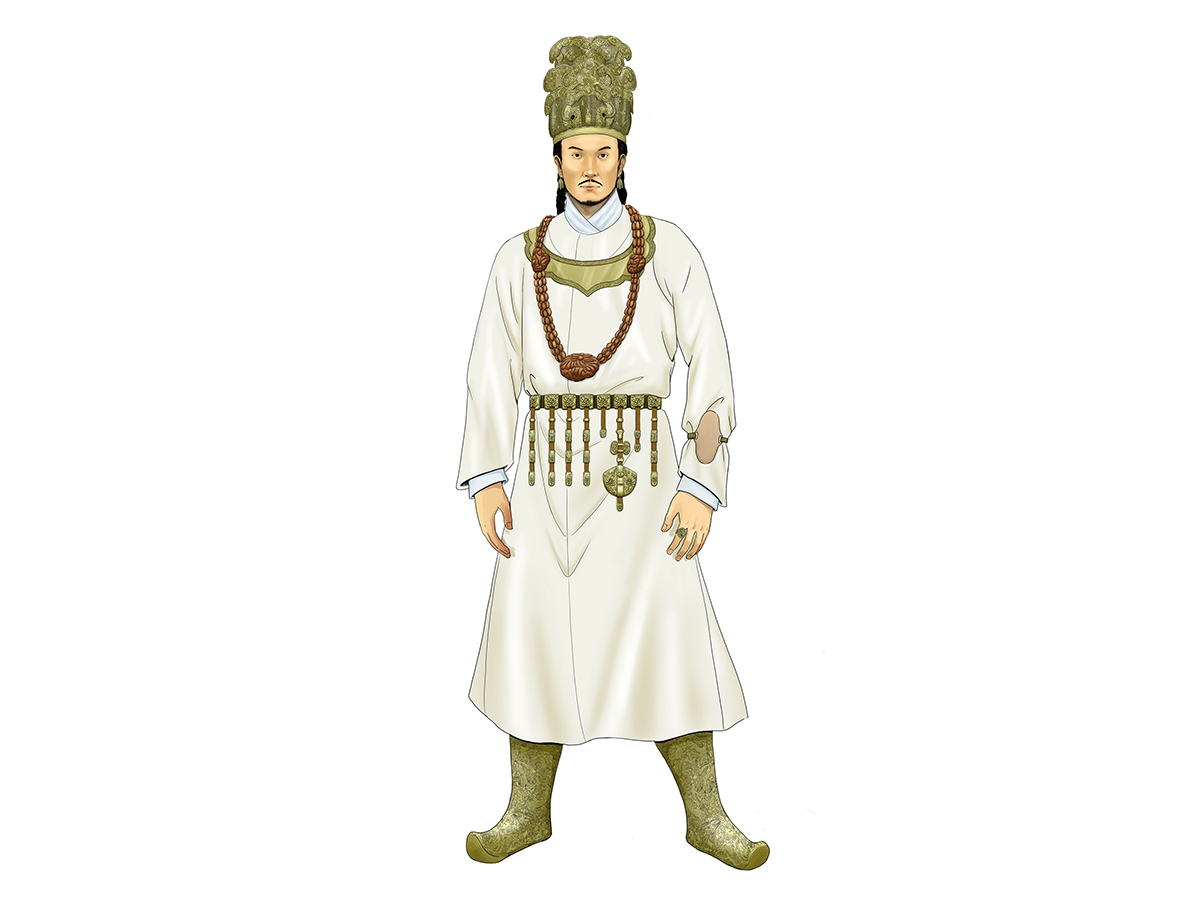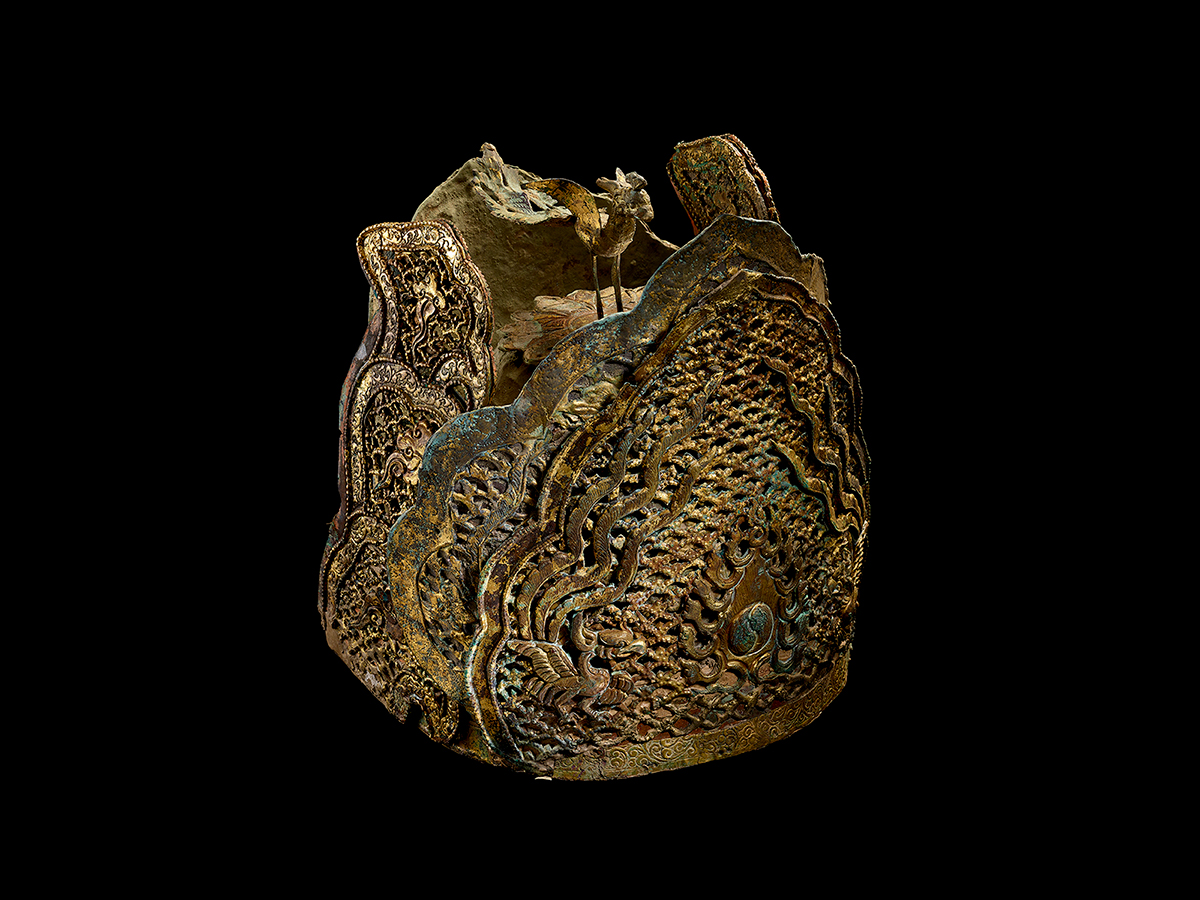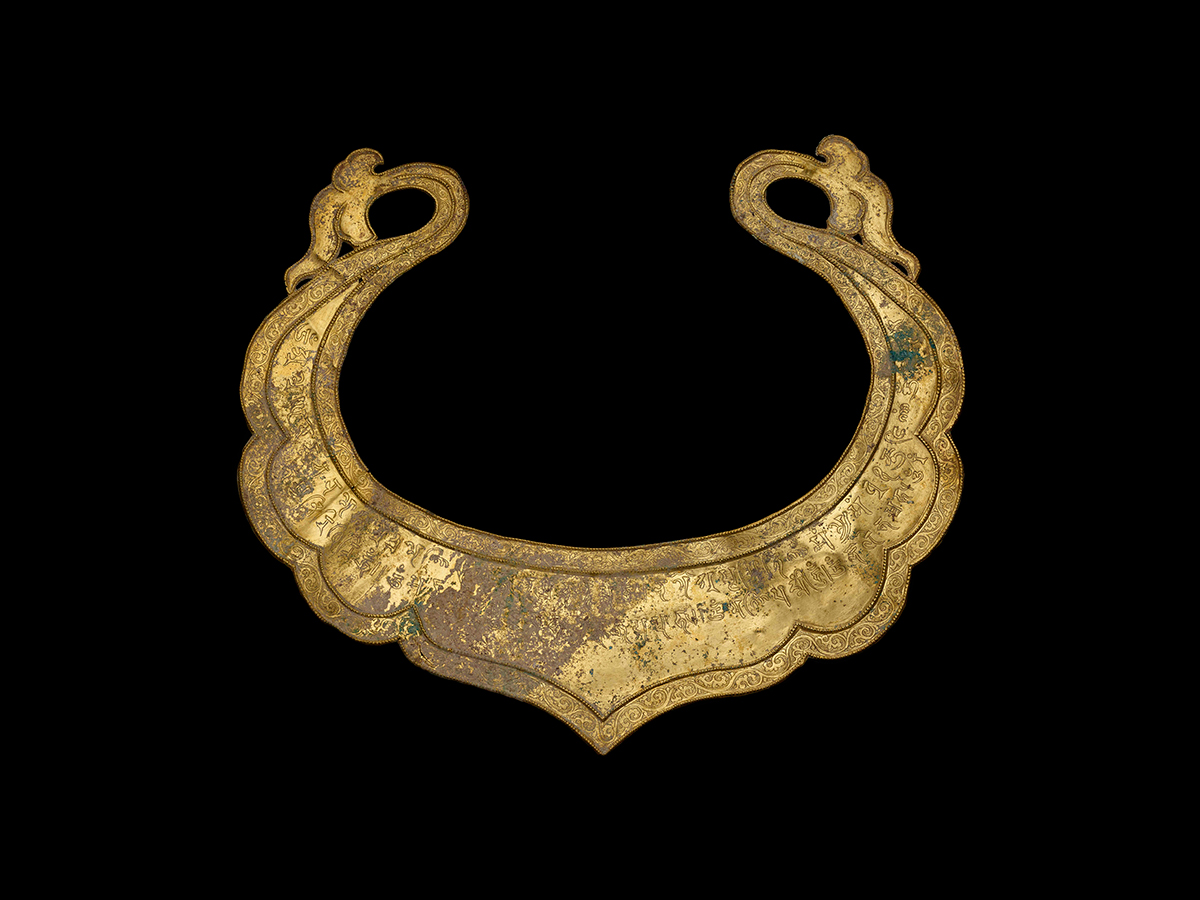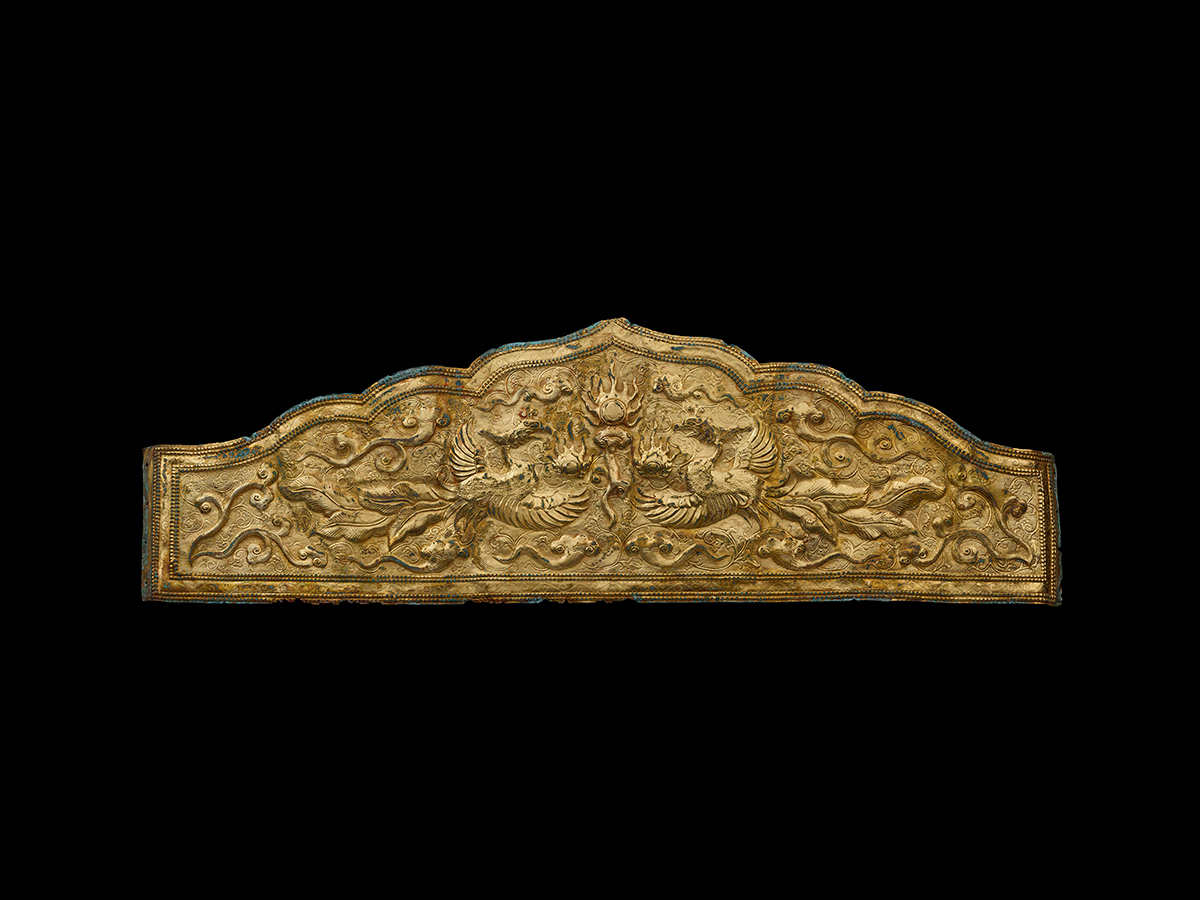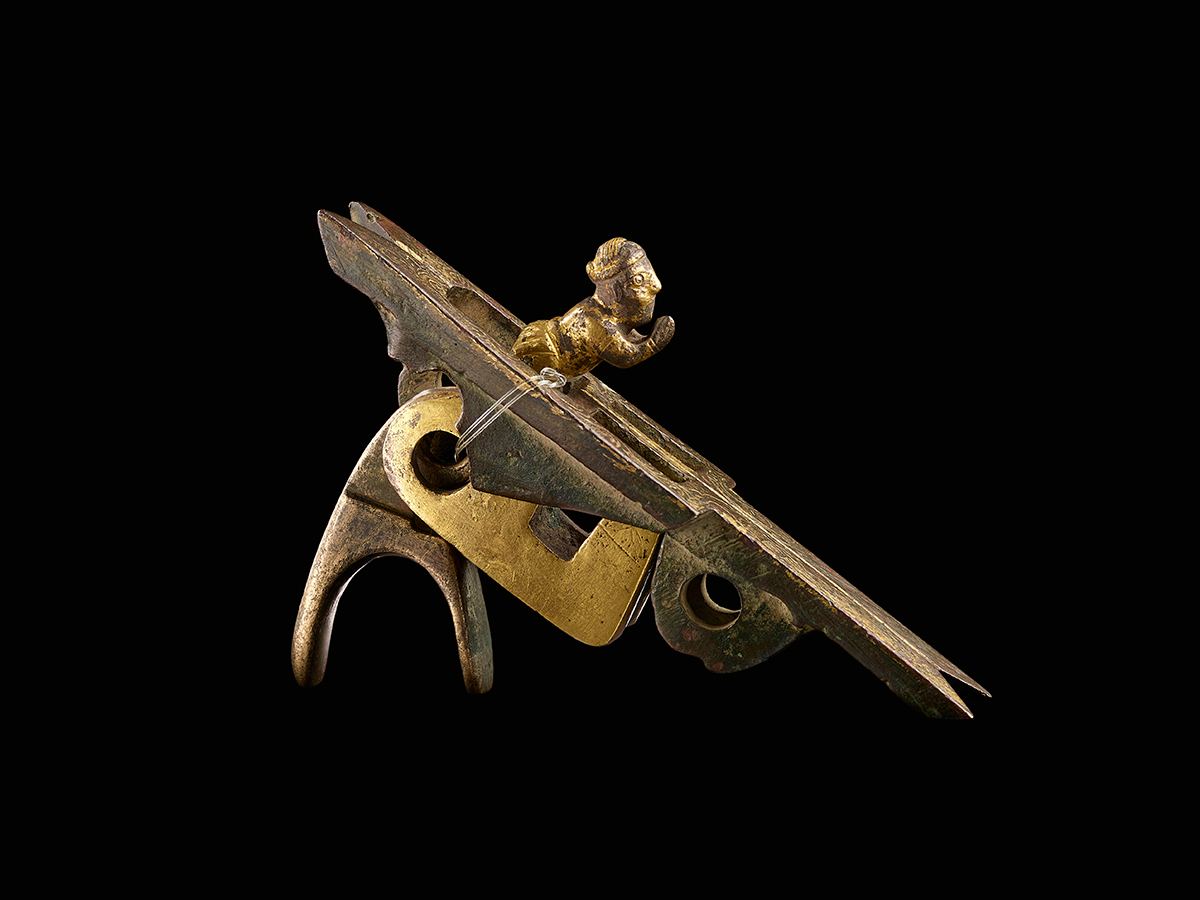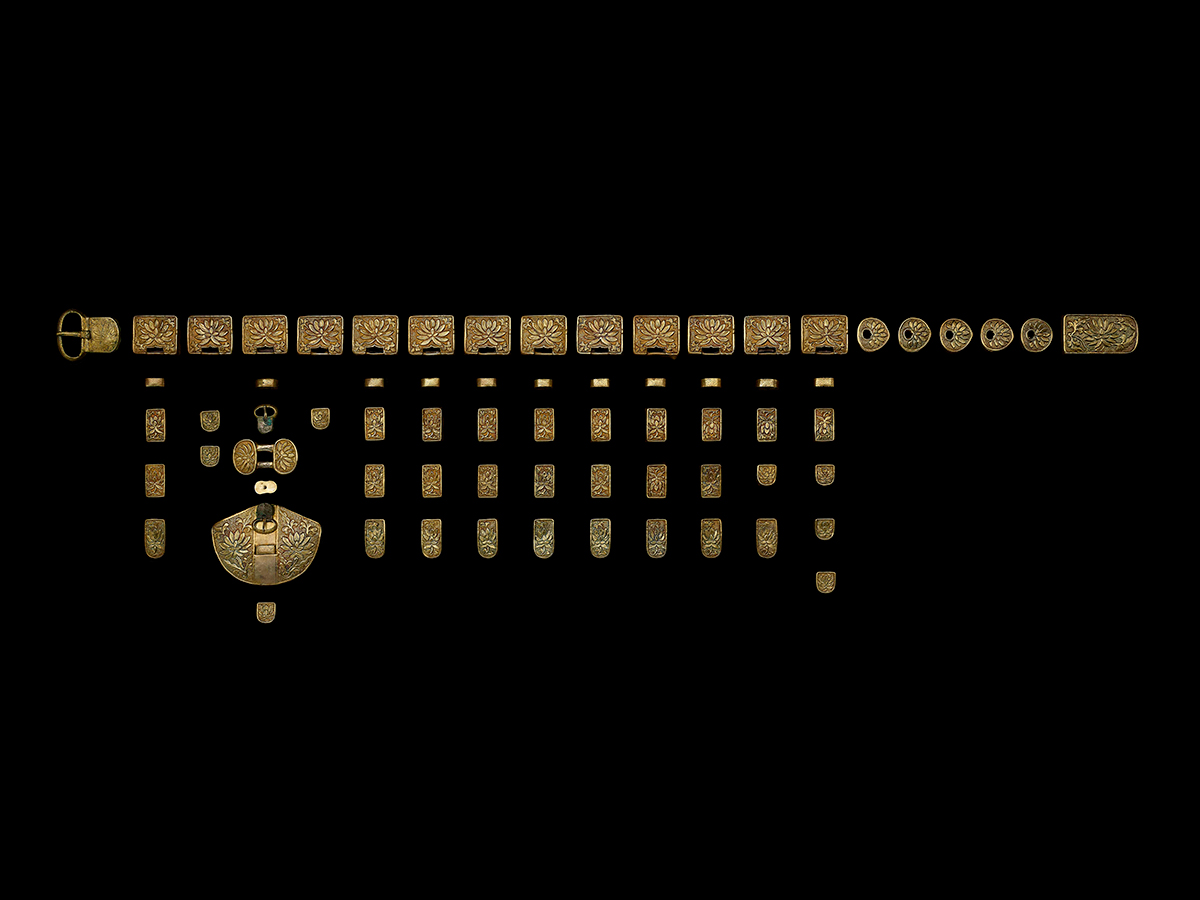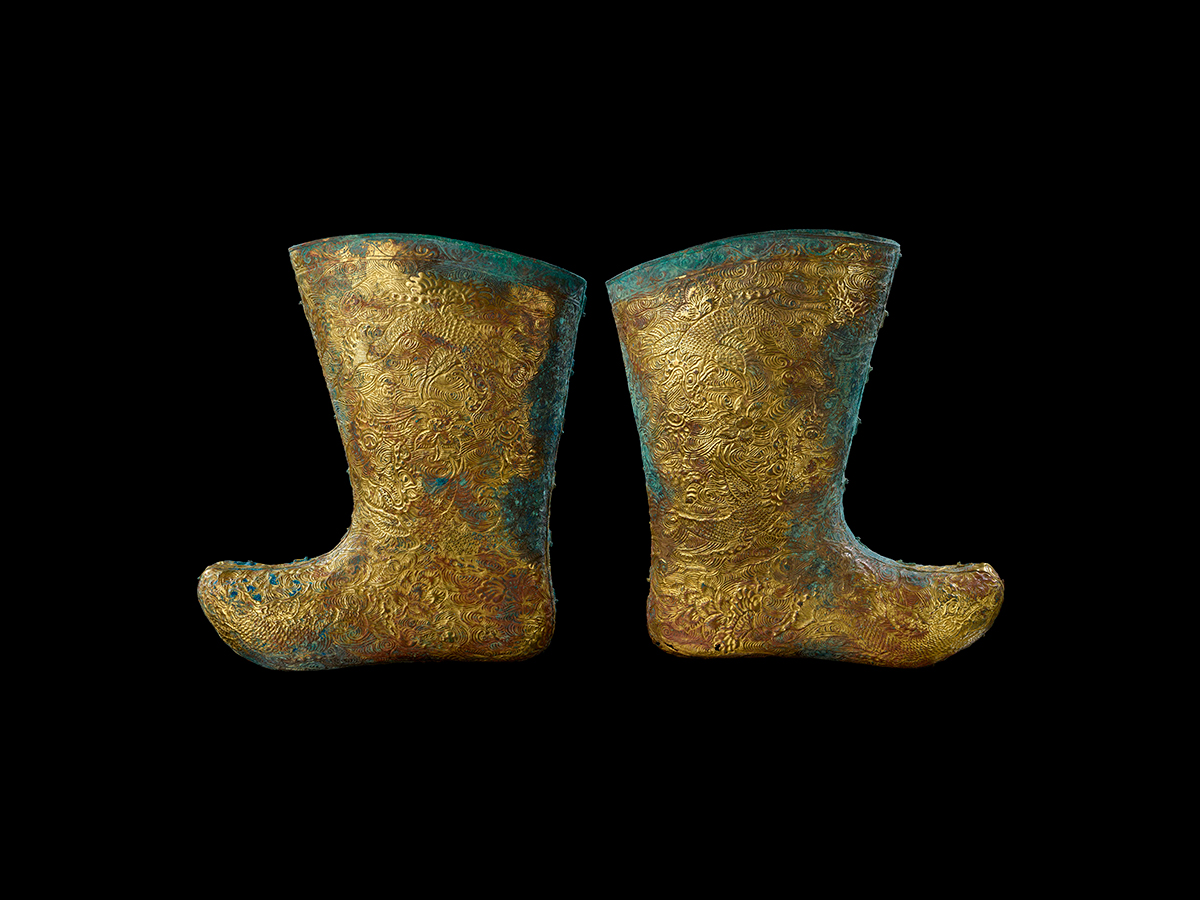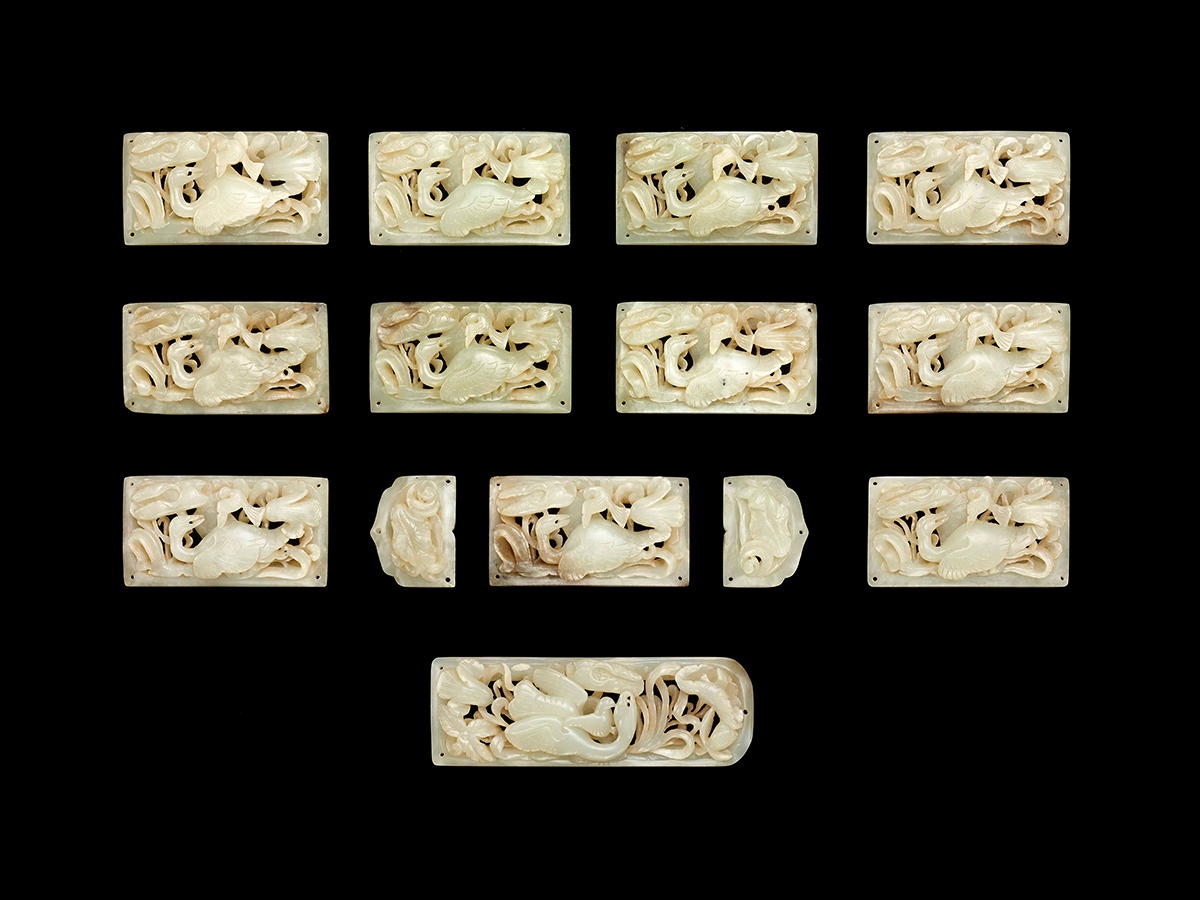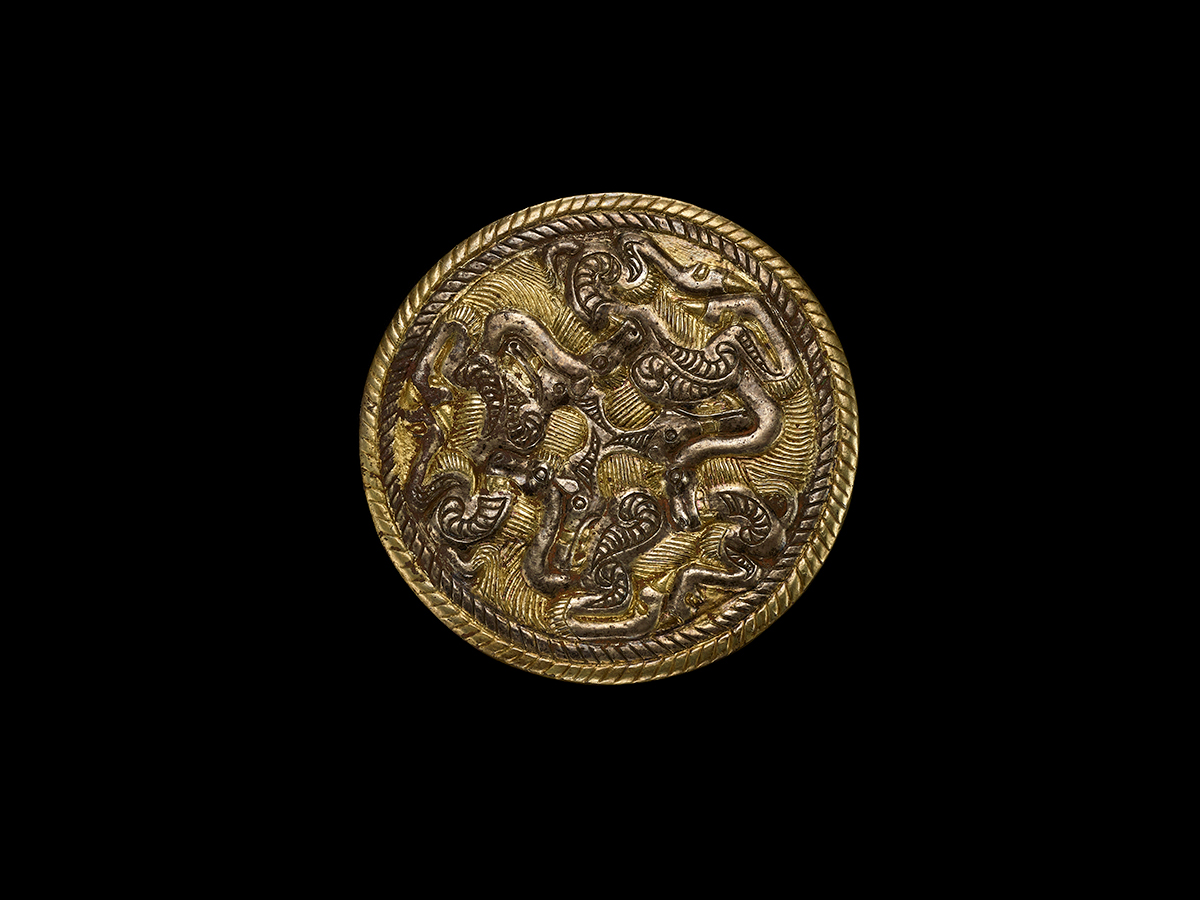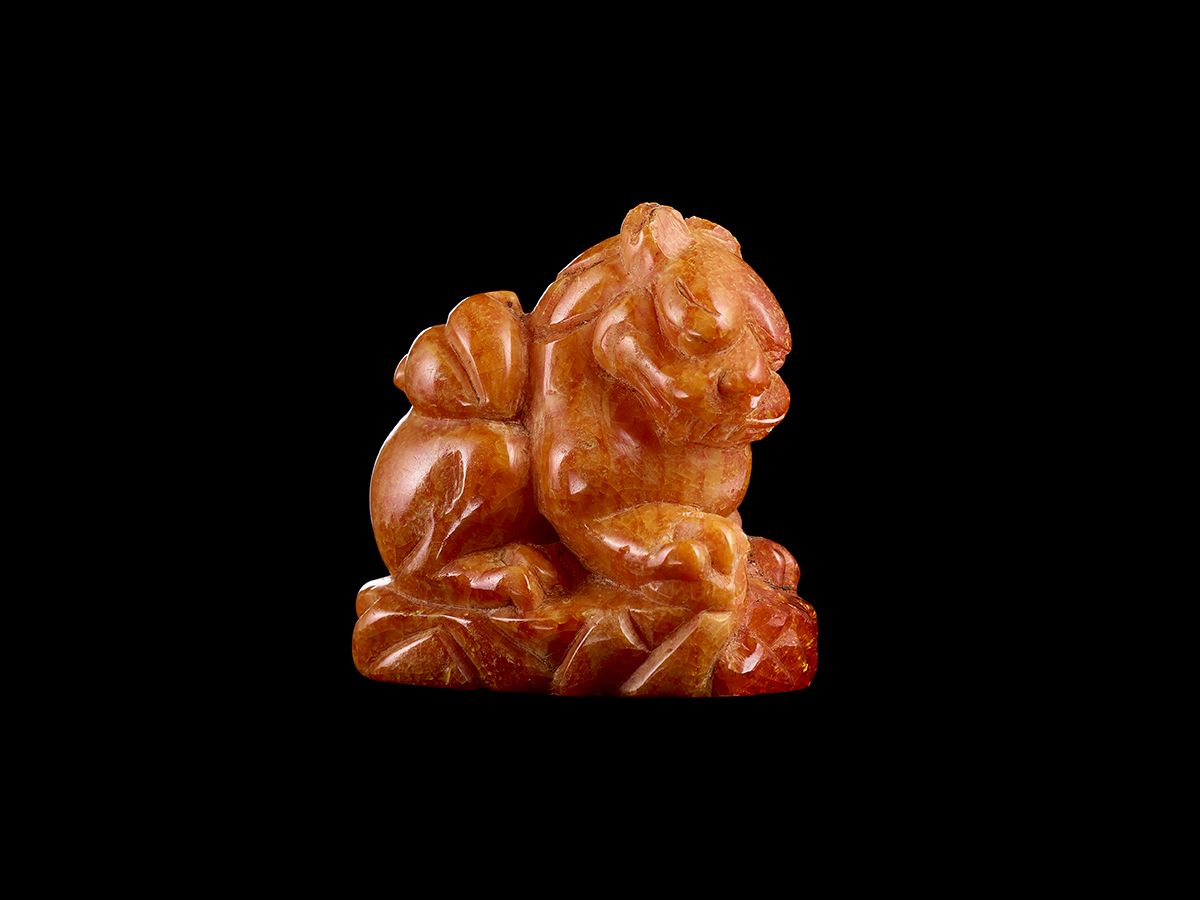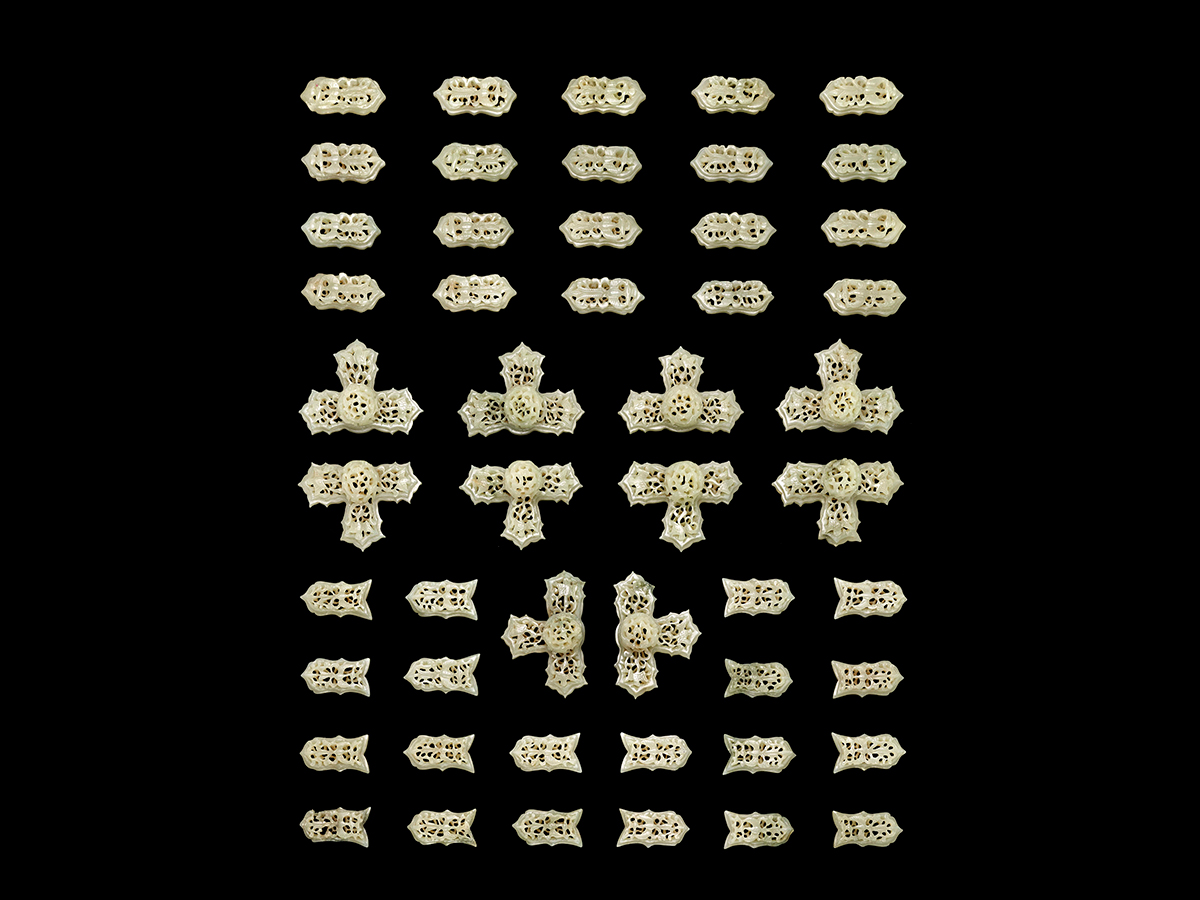Empire of the Silk Road
Responding to the powerful, imperial state of ancient China, the nomads formed confederacies. These were initially loose alliances among autonomous tribal groups that arose out of political convenience. Later, these grew into powerful empires, not only rivalling those of China but also conquering them. The actual origin of the first nomadic empire can be traced to the military conflicts between the Qin dynasty and the Xiongnu for supremacy over North China. From the Northern Wei dynasty onwards, the nomads founded several imperial dynasties including the Liao, Jin, Yuan, and Qing.
The nomads’ influence on China was profound and multi-faceted––in the military domain, arts and culture, religion and language, as well as in trade and foreign relations. Pastoral nomads, more than the sedentary populations, recognized the essential role of trade. And with the patronage of nomadic imperial rulers, intercontinental trade along the Silk Road flourished, triggering exchanges in goods, ideas, philosophies, arts, culture, and technology, on an unprecedented scale.
Empire of the Silk Road
The Horse
A complete Liao dynasty saddle and horse set would be crafted with exquisite skill and enriched with numerous ornaments. The front and rear saddle bridges were often wrapped in gold or gilt silver, stamped with such designs as the double-dragon or phoenix. All the horse trappings, the headpiece, breast collar, girth, haunch straps, and bells, would be made of similar materials, often gilt in gold and silver, and decorated with animal-shaped or geometric ornaments in jade, crystal, and agate, placed at regular intervals.
Empire of the Silk Road
Liao nobleman
The special burial customs of Qidan nobles have allowed their personal effects to survive, offering a view of their actual garments and adornments. For his burial, a high-ranking Qidan noble would be dressed in a fitted silk garment, with a fine metal mesh. His head would rest on a pillow, with a gilt silver or bronze crown, and a mask covering his face; amber carvings would be placed on his hands, and gilt silver boots on his feet. An impressive amber pendant, with assorted necklace and wrist ornaments, would decorate his upper body. Around his waist he would wear a leather belt enriched with gold, silver, and jade from which hung useful accessories: knives with jade handles (both practical and decorative), gold and jade tools, small jade containers, etc.
Empire of the Silk Road
Hu-Han Cultural Interactions
Since the late Shang dynasty, cultural, technological, and artistic developments in China’s Northern Zone were closely tied to those of the Central Plains; the Northern Zone served as a bridge to the outside world, instigating creative developments throughout China’s entire dynastic period.
In the hinterland of North China, interactions between the Chinese (Han) and the non-Chinese populations (Hu) accelerated in the first millennium B.C.E., during the Spring and Autumn period. Increased mobility and militarisation led to intensified cross-cultural exchanges between the nomads and the northern Warring States—especially the Yan, Zhao, and Qin kingdoms. From the Western Zhou period on, the cross-fertilizations of Hu and Han aesthetics produced unique designs for weaponry, tools, utensils, and personal adornments; such ornaments, especially horse trappings, became extensions of their masters’ identity.
As nomadic and Chinese populations increasingly intermingled, especially under “conquest regimes” (e.g., the Northern Wei, Northern Qi, Liao, Jin, and Yuan dynasties), the nomadic vocabulary of animal art was entirely integrated into Chinese aesthetics.
Necklace with Heart and T-Shaped Pendants
Gilt copperNecklace and Bracelet
Rock crystal, gold
Pair of U-shaped Earrings
Gilt copper
Liao Dynasty (907-1125 C.E.)
Mengdiexuan Collection
Northern Wei Armoured Horse Figure
Glazed potteryNorthern Wei Dynasty (386-534 C.E.)
Saddle Bridge Plaques with Double-Phoenix Motif
Gilt silverLiao Dynasty (907-1125 C.E.)
Mengdiexuan Collection
Set of Horse Harness Ornaments with Phoenix Motif
Gilt bronzeLiao Dynasty (907-1125 C.E.)
Mengdiexuan Collection
Mode's horse
Bronze2004
Dashi Namdakov’s Art Foundation Collection
Decorated Horse Saddle
Copper, gold, silver, wood, fabric19th century
Mengdiexuan Collection
Pair of Belt Plaques with Galloping-Horse Motif
Gold5th-1st century B.C.E.
Mengdiexuan Collection
Crown with Double-Phoenix Motif
Gilt copperLiao Dynasty (907-1125 C.E.)
Mengdiexuan Collection
Torque with Sanskrit Inscription
Gilt copperLiao Dynasty (907-1125 C.E.)
Mengdiexuan Collection
Waist Guard with Double-Phoenix Motif
Gilt copperLiao Dynasty (907-1125 C.E.)
Mengdiexuan Collection
Necklace with Pendant
AmberLiao Dynasty (907-1125 C.E.)
Mengdiexuan Collection
Crossbow Mechanism with Muslim Figure
Gilt bronzeMing Dynasty (1368-1644 C.E.)
Inscription: “God is Great” in Arabic
Stephen Selby Collection
Belt with Peony Motif
Gilt silver, gilt bronzeLiao Dynasty (907-1125 C.E.)
Mengdiexuan Collection
Burial Boots with Fish-and-Dragon-Playing Motif
Gilt copperLiao Dynasty (907-1125 C.E.)
Mengdiexuan Collection
Set of Belt Plaques with “Spring Water” Motif
JadeJin/Yuan Dynasties (13th century C.E.)
Mengdiexuan Collection
Roundel with Camels and Wolves Motif
Gilt silver3rd–1st century B C.E.
Mengdiexuan Collection
Lion-Shaped Pendant
AmberLiao Dynasty (907-1125 C.E.)
Mengdiexuan Collection
Horse Harness Plaques Decorated with Phoenix Patterns
JadeLiao Dynasty (907-1125 C.E.)
Mengdiexuan Collection

